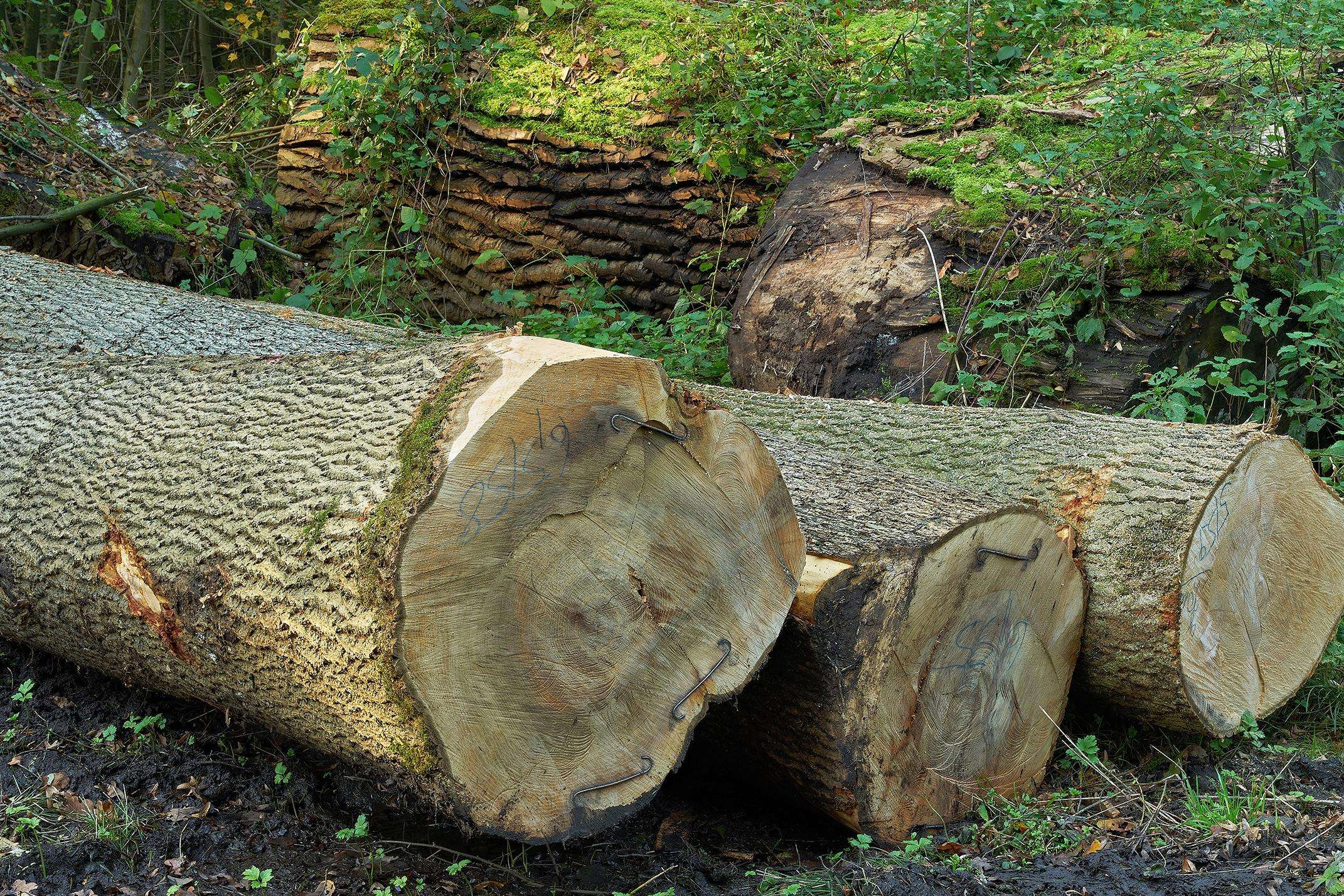U.S.-MEXICO-CANADA AGREEMENT TAKES EFFECT ON JULY 1, 2020
Importers and exporters of goods produced in North America are reminded that the U.S.-Mexico-Canada Agreement (“USMCA”) takes effect on July 1, 2020. On that date, the eligibility rules and procedures under the North American Free Trade Agreement (“NAFTA”) will cease to apply and will be replaced by those provided for under the USMCA.
The rules for originating status have remained the same for most commodities. However, there are significant changes that have been made with respect to certain commodities, most notably in the automotive product sector. Several other product categories (including, among others, textile apparel) also involve changes in the rules for product eligibility.
In addition, the USMCA brings with it a number of procedural rule changes. Most importantly, the NAFTA Certificate of Origin will no longer be accepted. Instead, claimants will need to have in their possession a USMCA Certificate which is a free-form document that must contain specified data elements (see below). Another change is that the Special Program Indicator for USMCA claims will be “S” (or “S+” for certain agricultural products). This replaces the “MX” and “CA” indicators used today.
Please do not hesitate to contact us to review the impact of the USMCA on your Company’s products as well as to prepare for the July 1st implementation date.
USMCA CERTIFICATE MINIMUM DATA ELEMENTS
- Importer, Exporter, or Producer Certification of Origin – Indicate whether the certifier is the exporter, producer, or importer in accordance with Article 5.2 (Claims for Preferential Tariff Treatment).
- Certifier – Provide the certifier’s name, title, address (including country), telephone number, and email address.
- Exporter – Provide the exporter’s name, address (including country), e-mail address, and telephone number if different from the certifier. This information is not required if the producer is completing the certification of origin and does not know the identity of the exporter. The address of the exporter shall be the place of export of the good in a Party’s territory.
- Producer – Provide the producer’s name, address (including country), e-mail address, and telephone number, if different from the certifier or exporter or, if there are multiple producers, state “Various” or provide a list of producers. A person that wishes for this information to remain confidential may state “Available upon request by the importing authorities”. The address of a producer shall be the place of production of the good in a Party’s territory.
- Importer – Provide, if known, the importer’s name, address, e-mail address, and telephone number. The address of the importer shall be in a Party’s territory.
- Description and HS Tariff Classification of the Good – (a) Provide a description of the good and the HS tariff classification of the good to the 6-digit level. The description should be sufficient to relate it to the good covered by the certification and 5-A-2; (b) If the certification of origin covers a single shipment of a good, indicate, if known, the invoice number related to the exportation.
- Origin Criteria – Specify the origin criteria under which the good qualifies, as set out in Article 4.2 (Originating Goods).
- Blanket Period – Include the period if the certification covers multiple shipments of identical goods for a specified period of up to 12 months as set out in Article 5.2 (Claims for Preferential Tariff Treatment).
Authorized Signature and Date – The certification must be signed and dated by the certifier and accompanied by the following statement: I certify that the goods described in this document qualify as originating and the information contained in this document is true and accurate. I assume responsibility for proving such representations and agree to maintain and present upon request or to make available during a verification visit, documentation necessary to support this certification.




